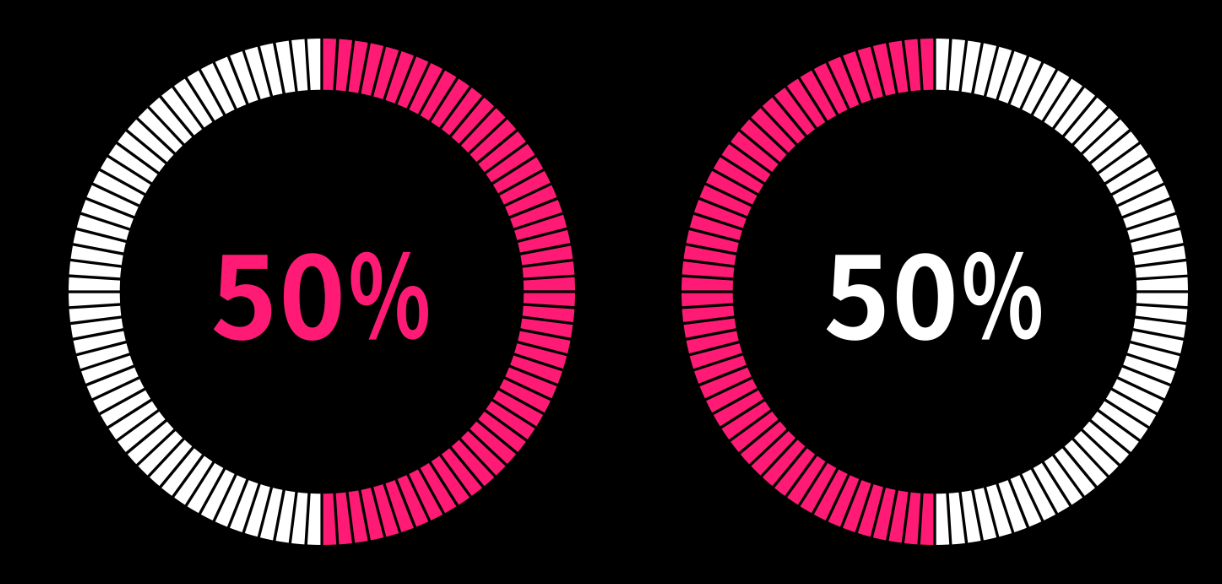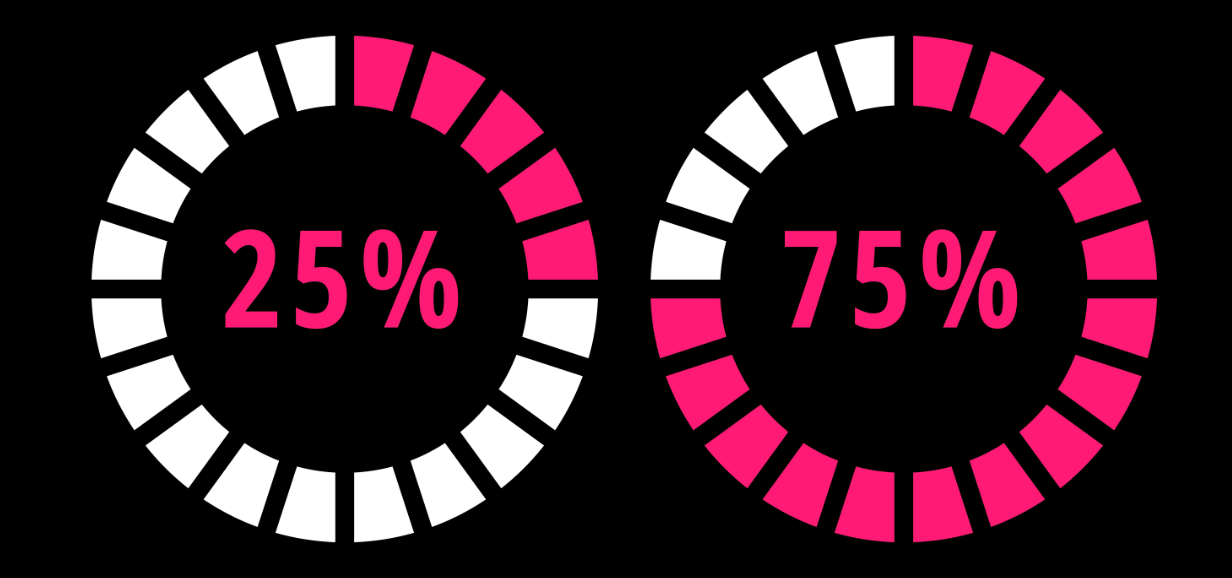The Three Phases of Community Growth
Stagnation is a real threat to community, but it's not nearly as catastrophic as over-indexing on the wrong focus of work!

There's an art to balancing the distribution of your work when building a community.
Focus too much internally and you'll build perfection, but recruit no members.
Go to the other side of the spectrum and you've got hundreds of people, but nothing of substance for them to engage with.
This is a cycle you can progress through – on a regular schedule – that will help you to distribute your time and energy strategically.
“The two most important requirements for major success are: first, being in the right place at the right time, and second, doing something about it.” — Ray Kroc
The Cyclical Nature of Community Building
Ideally, you progress through each phase sequentially. You revisit the initial phase when you’re ready to branch out or expand a specific aspect of your community. The path isn’t always linear. Depending on your ambitions and how effectively each phase evolves, you may find yourself cycling through these phases repeatedly.
Cycling by Experience Level
For those new to community building, I recommend spending one month in each phase, giving you four opportunities to experience this cycle within a year. This approach could be applied to either four separate communities or four distinct cycles within a single community.
This approach helps beginners break free from preconceived notions about the 'right' work and allows for a more holistic understanding of community building. After four weeks, you need to move to the next phase!
For more experienced builders, this decision is often more intuitive than data-driven. It’s about feeling the pulse of the community and understanding its needs.

Phase 1 - 75% Building + 25% Growth
In this initial phase, the focus is heavily on building the infrastructure, which can be quite challenging for creators, especially those stepping out of their comfort zone.
The key here is to begin exposing your work to initial feedback. Engaging with early users is essential; their input can significantly improve what you’re bringing to the market.
Although it’s a heavy lift in infrastructure development, this early engagement is vital for refining and validating your community’s direction.

Phase 2 - 50% Building + 50% Growth
This phase is arguably the most challenging, as it involves juggling two critical tasks simultaneously. You’re tasked with both continuing to build your community and actively engaging with it.
This is where having a team, or at least some form of assistance like a community manager, becomes indispensable. You are building and learning at scale, with high tension.
Decision-making in this phase is crucial; it's about ensuring you can continue growing without becoming overwhelmed. The balance here is delicate – it’s about maintaining development momentum while enriching the community experience.

Phase 3: 25% Building + 75% Growth
In the final phase, the majority of effort shifts externally, with minimal time dedicated to maintenance and minor adjustments.
Note: Phase three is contingent on the successful execution of the first two phases.
Full-scale marketing efforts can be detrimental if the foundational work hasn’t been properly laid. The ability to onboard, integrate, communicate, and maintain personal experiences at scale is critical.
Failure to have the right infrastructure in place can lead to a rapid breakdown of the community and the loss of built goodwill.
The Final Word
Each phase in this cyclical pattern requires distinct focus and skills. The transition from one phase to another isn’t just about shifting tasks; it's about evolving the approach to community building and ensuring that the foundation laid in the early stages is strong enough to support expansive growth and engagement.
Stagnation is a real threat to community, but it's not nearly as catastrophic as over-indexing on the wrong focus of work!
